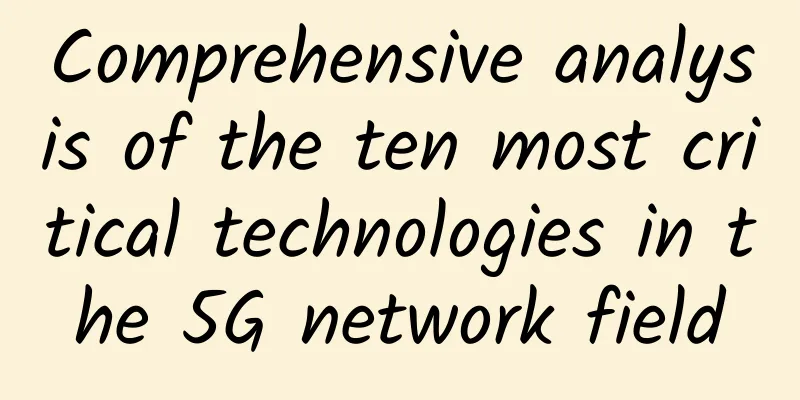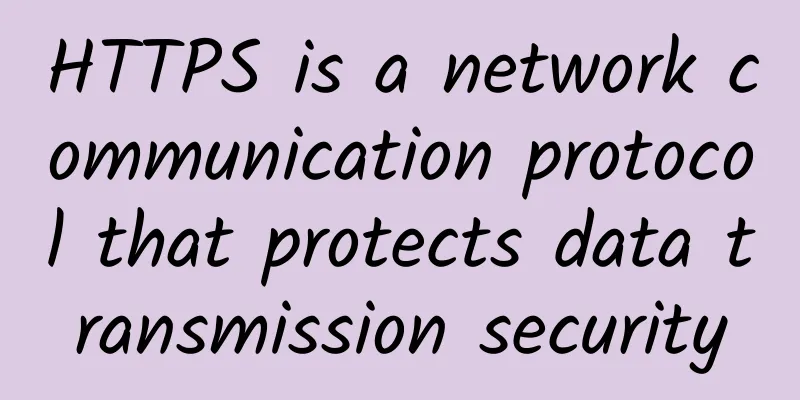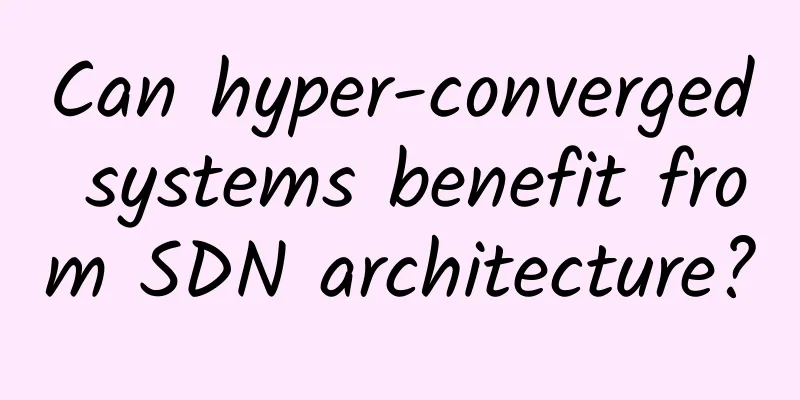What are the characteristics of 5G? A few keywords will help you understand

|
5G (fifth-generation mobile communication technology) is the pinnacle of the current development of mobile communication technology. It is also an important force for mankind to hope to change not only life but also society. 5G is based on 4G and puts forward higher requirements for mobile communications. It has a new improvement not only in speed but also in power consumption, latency and other aspects. As a result, the business will be greatly improved, and the development of the Internet will also enter the era of smart Internet from mobile Internet.
Six basic characteristics of 5G 1. High speed Reason: The root cause of high speed lies in the base station. The higher the bandwidth, the greater the transmission rate can be. The frequency used by 5G is mainly 3-6GHz, which is higher than 2, 3, and 4G. Therefore, the first characteristic of 5G defines the increase in speed. Performance: 1Gbps download speed Advantages compared to 4G: The average downlink rate of 5G is more than 10 times faster than that of 4G, which is 100Mbps. 2. Low latency Reason: 5G's ultra-low latency advantage not only applies to the network, but also benefits the gaming, VR, industrial manufacturing, medical institutions, autonomous driving and transportation industries. Display form: 1 millisecond time delay Advantages compared to 4G: 5G technology can effectively reduce latency and increase data transmission rate. The response time can be reduced from the average 50 milliseconds of 4G to 1-2 milliseconds. 3. Ubiquitous Network Reason: Widespread network, no network blind spots in the future, and wide coverage of 5G network. Expression: Realize smooth communication at any time, any place, anyone and anything. Advantages compared to 4G: 4G still has many blind spots, while 5G will cover a wider range. 4. Low power consumption Reason: To realize large-scale IoT applications, low power consumption requirements must be considered. Expression: Low power consumption can be achieved mainly by adopting Qualcomm's eMTC and Huawei's NB-IoT technologies. Advantages compared to 4G: The low power consumption allows the device to be used for a long time without battery replacement, which is conducive to large-scale deployment of various devices. 5. The Internet of Everything Reason: The Internet of Everything (IoE) is defined as the combination of people, processes, data and things to make network connections more relevant and valuable. Expression: The 5G system supports the access of massive sensors with data levels of tens or even hundreds of billions, which can well meet the needs of data transmission and business connection. Advantages compared to 4G: A large number of smart hardware will enter the 5G network, and the number of device connections will be dozens of times that of the 4G network. 6. Refactoring Security Reason: With the arrival of 5G, the situation where the traditional Internet directly transmits information without encryption can no longer continue. Countries around the world should form a new security system to better welcome 5G. Manifestation: In the future, if the fields of driverless cars, smart health, etc. are controlled by hackers, the consequences will be disastrous. Advantages compared to 4G: The development of big data, cloud computing and artificial intelligence technologies in the 5G era will gradually resolve security risks in various aspects. 5G is a complex system. The network built on the basis of 5G not only needs to improve the network speed, but also puts forward more requirements. In the future, the terminals in the 5G network will not only be mobile phones, but also cars, drones, home appliances, public service equipment and other devices. 4G changes life, 5G changes society. 5G will be an important booster for social progress, industrial promotion and economic development. |
<<: What exactly can Wi-Fi 6 do?
>>: The industry chain works together to make great progress in 5G messaging
Recommend
Huawei Software Development Cloud helps improve WeChat mini-program code quality
In the early morning of January 9, after more tha...
In-depth analysis of the seven major communication protocols of IOT
In the Internet of Things protocol, it is general...
Are you ready for 5G? Five new applications you'll see
Earlier this year, an article wrote: 5G will tran...
SpartanHost: 1TB large hard disk VPS starts at $6/month, 10Gbps large bandwidth high-security VPS starts at 20% off $4/month
SpartanHost, also known as Sparta, is a foreign h...
Spectrum is scarce and expensive. Should 2G be retained or abandoned? This is a big question that operators need to consider.
According to foreign media reports, in just a few...
5G and cybersecurity risks in 2023
The rollout of 5G networks has been alarmingly sl...
Hot Topic | Why is the United States determined to "kill" Huawei?
"After reading the 20,000-word interview wit...
Cisco releases innovative Webex features to improve employee efficiency and help companies return to work safely
October 13, 2020, Beijing - The COVID-19 pandemic...
In the era of 5G, it is not only about internet speed and mobile phones, but you have also overlooked these
[[393747]] When it comes to 5G, is your first rea...
Mastering the "gold mine" of To B resources, operators' path to gold mining in the Internet of Things
Last week, in the article "Why has the Inter...
Discussion on SD-WAN development: SD-WAN combined with blockchain technology
As software-defined wide area networks (SD-WAN) b...
It shouldn’t just be the packages that are being pushed up for 5G
"The 4G package was inexplicably upgraded to...
RAKsmart: Popular US VPS starting at $0.99 per month, Hong Kong/Japan VPS starting at $2.99 per month
Last month, the tribe shared information about RA...
RackNerd: $89/year KVM-4 cores/8GB/100G SSD/5TB/Los Angeles data center
We often share promotional information released b...
What are PHP streams? Let's talk about the streams you have been using but have ignored
definition The purpose of streams is to use a uni...









